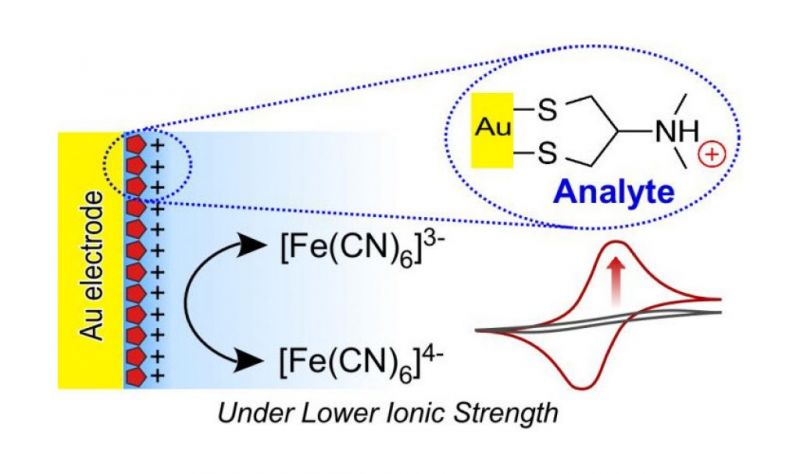A Simple Way To Detect Neurotoxic Chemicals
Published on by Water Network Research, Official research team of The Water Network in Business
Researchers in Japan have tested a simpler and cheaper method to detect neurotoxic contaminants in water.
Researchers from Kumamoto University, Konan University and the Nagasaki Prefectural Police in Japan have developed a simple way to detect contaminating pesticides.

Source: Asian Scientist
Their findings have been published in Analytical Chemistry. There is a limited amount of data on the global health impacts of pesticides, but many injuries and deaths worldwide can be attributed to their misuse.
Pesticide contamination of food and water sources is a very serious problem, particularly in third world countries. The detection of these chemicals in the body using cheap and simple methods is a high priority. Relatively easy methods for analyzing fat soluble chemical compounds are already known.
Water soluble pesticides, on the other hand, are slightly more complicated. They often need troublesome pretreatments such as extraction and derivatization prior to instrumental analysis such as gas chromatography/mass spectrometry (GC/MS) and liquid chromatography/mass spectrometry (LC/MS). Instead, researchers focused on Nereistoxin (NRT), a natural neurotoxin found in several pesticides.
The researchers showed that NRTs adsorbed on the surface of a gold electrode (via an gold-sulphur bond) produced an easily distinguishable electrochemical response that, in the presence of a ferricyanide (0.5 millimolar (mM)) marker anion, was more sensitive than a non-treated gold electrode.
Read full article: Asian Scientist
Read original paper/study this article was based on here
Media
Taxonomy
- Public Health
- Drinking Water Security
- Treatment
- Drinking Water Treatment
- Filtration
- Filtration Solutions
- Filtration
- Pesticides
- Fertilizers and Pesticides
- Nanofiltration